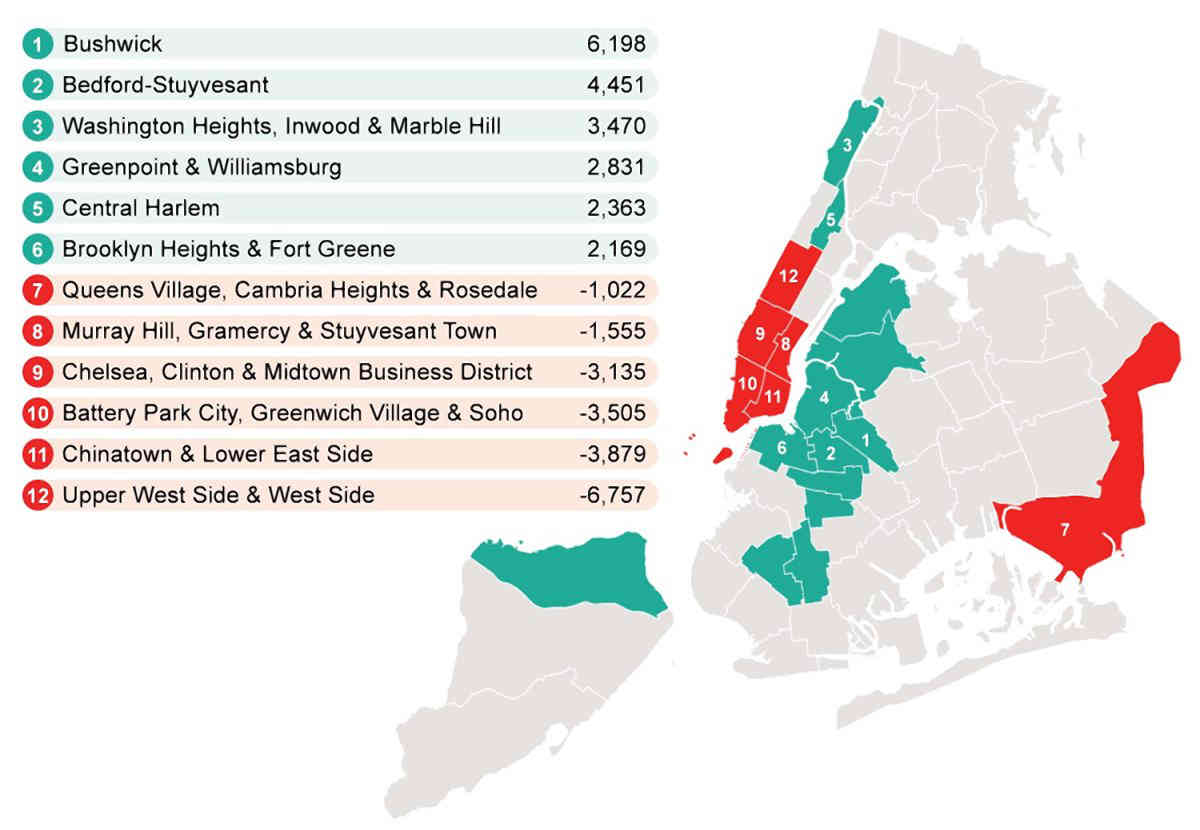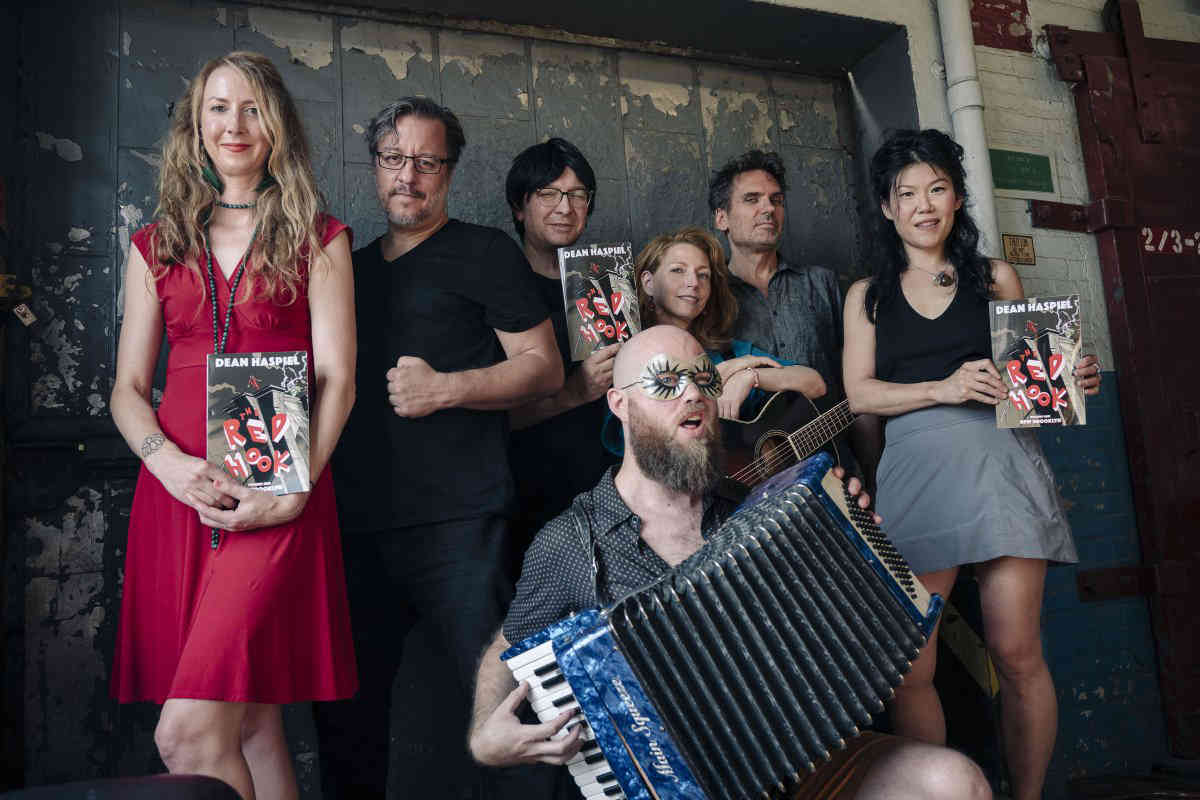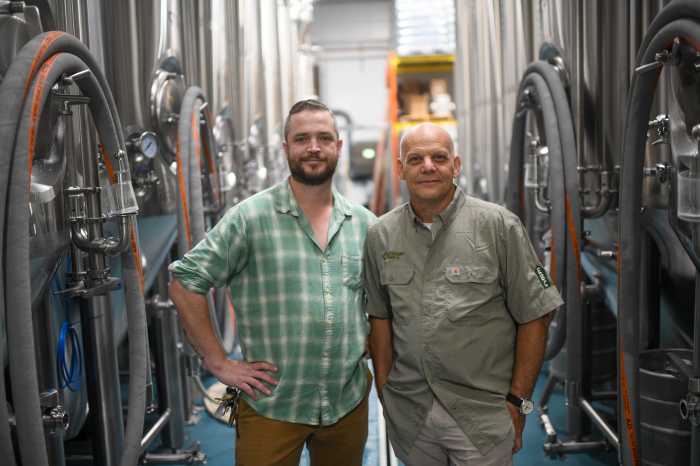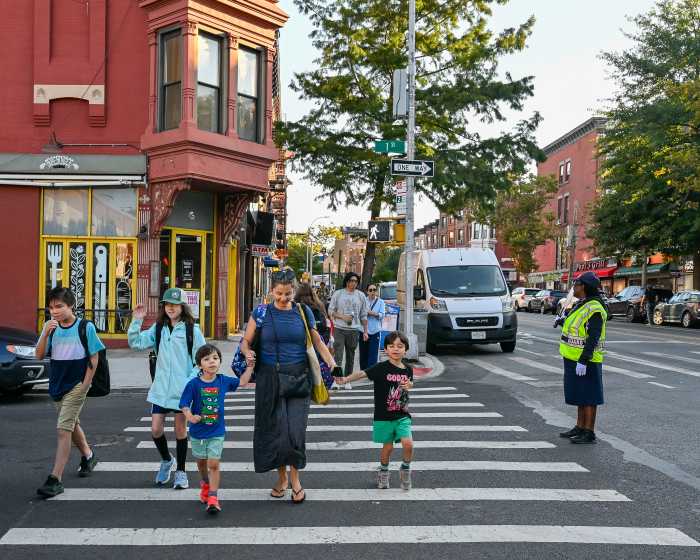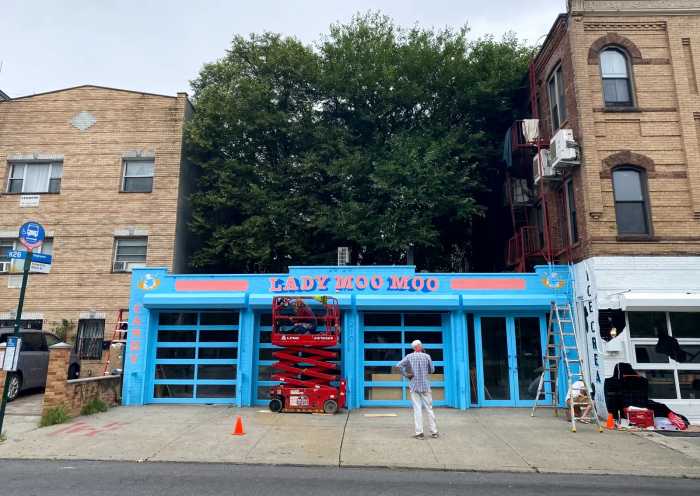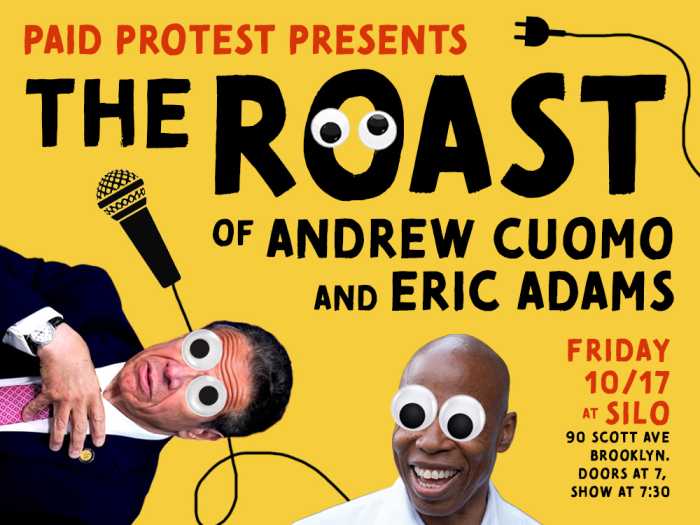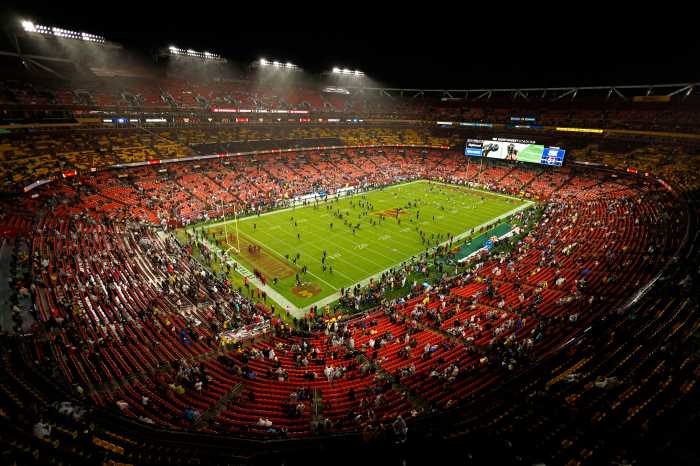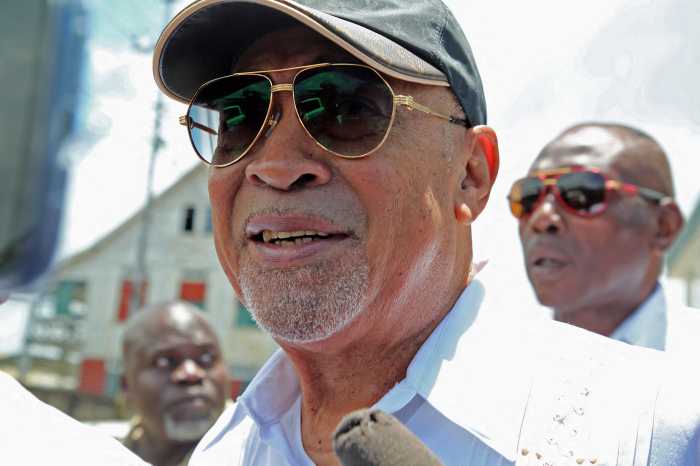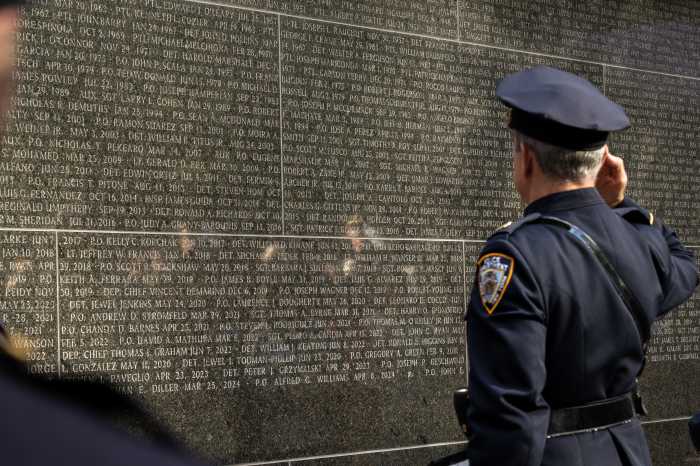Northern Brooklyn’s hipster enclaves are jam-packed with residents working in so-called “creative industries,” according to the city’s chief bean counter.
A recent study mapping the abodes of “creative industry” workers from 2008 to 2017 shows a steady trend towards zip codes in Bushwick and Bedford-Stuyvesant — more than any other neighborhoods in the city, according to Comptroller Scott Stringer.
The “creative” sector collectively employs over 293,000 people citywide across a variety of disciplines — including film and television, advertising, publishing, artists, museums, architecture, and fashion — and composes about one eighth of the Big Apple’s economy, according to the city’s top number cruncher.
“New York City is the creative capital of the world, and this report shows how the sector at the heart and soul of our city is also a pillar of our economy,” Stringer said in a prepared statement. “We need to invest in strengthening the creative economy to support and recognize it as the engine of opportunity that it is.”
The sector, according to Stringer, rakes in around $30.4 billion in collective wages — contributing some $110 billion in total economic activity.
Because many creatives have been priced out of numerous neighborhoods on the distant isle of Manhattan, the industry’s employees have sought out lower-rent refuge — particularly in Kings County.
Since 2008, 6,198 creative industry workers have taken up residence in Bushwick — compared with 4,451 in Bedford-Stuyvesant, 2,831 in Greenpoint and Williamsburg, and 2,169 in Brooklyn Heights and Fort Greene, according to Stringer’s report.
This influx of creatives has coincided with massive demographic shifts in these neighborhoods from 2000-2017, according to a report by New York University’s Furman Center.
During this period, these newly creative-dense neighborhoods experienced sharp increases of white residents and a decrease in people of color — along with a rise in median income levels and skyrocketing property prices, data shows.
For example, Bedford-Stuyvesant’s white population shot up from around 2 percent in 2000 to more than 25 percent in 2017 — while the number of black residents dropped from 75 percent to 49 percent.
Bushwick saw similar demographic trends — with a sharp increase in white newcomers and a decrease in hispanic and black residents. Likewise, the median incomes there rose from around $35,000 to $51,600, and median sales prices per housing unit in a two-to-four unit building went up from $129,000 to $469,580.
Along with the release of the new report, Stringer made several policy recommendations.
As more than one third of creative industry professionals were self-employed in 2017, Stringer — a 2021 mayoral candidate — pushed city legislators to strengthen labor rights, extend health insurance and unemployment benefits, and create new affordable housing and workspaces for workers in the creative sector.
The city should also create a dedicated office within both City Hall and the Economic Development Corporation — the quasi-governmental business boosting agency — to address the industry’s specific needs, according to Stringer.
“From Broadway to local theater groups, film studios to artists’ studios, New York City’s creative sector is as much a core industry of our city as banking, real estate, or law,” he said in a statement.
